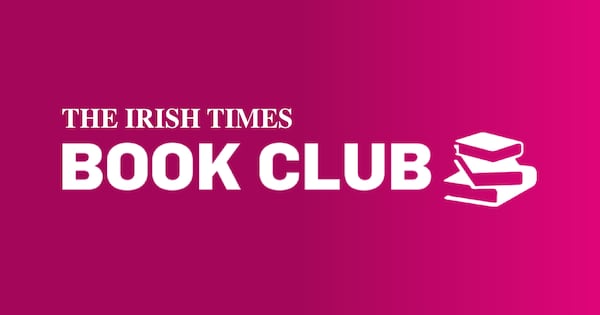Generations have been traumatised by Ireland’s graphic road safety ads – yet the deaths continue, with 93 lives claimed by car accidents in 2025 so far. Obviously, something needs to change – and RTÉ must be commended for its unflinching documentary, Impact – Anatomy of a Crash (RTÉ One, 9.35pm), which revisits a 2016 crash outside Dungarvan and the “physical, emotional, and psychological scars” it has left.
It’s a difficult but necessary viewing. Mary Bermingham and her partner, Gary Fenton, recall setting out from Cork City to Waterford for a Christmas festival in December 2016 along with Mary’s four children. They were approaching Dungarvan when their Citroen people carrier was hit head-on by a Volkswagen Golf, the driver of which was later found to have cocaine and alcohol in his system.
Mary, Gary, and their family were lucky to survive. In the immediate aftermath of the collision, Mary remembers seeing Gary crumpled and unmoving, his life seeping out of him. “He was unconscious, slumped on the wheel. The wheel was folded in half. He was foaming at the mouth. When I called him he didn’t move.”
In the back seat, her children were screaming. “I didn’t feel anything. It was like my body was numb. I just tried to calm my brother down,” recalls Mary’s daughter Chloe. “My sister was screaming, saying she couldn’t see. After that, I went unconscious.”
READ MORE
As emergency services rushed to the scene, the Golf caught fire. All three occupants are believed to have died instantly. To their credit, the parents of the back seat passenger, Michael Tobin, agree to be interviewed – and remain appalled by the coroner’s finding that their son had traces of cocaine in their system. “It was devastating to be quite honest,” says his mother. “You’re told things you don’t want to hear. All parents think their children are angels.”
Anatomy of a Crash is a gruelling way to start the week, and some viewers may be tempted to switch over. It also pulls off a trick increasingly popular among documentaries of keeping us in suspense about the fate of one of the protagonists. Here, it is Gary who is spoken of as if he has died – only for it to be revealed halfway through that he survived, though only just (and is lucky not to be paralysed).
He was left with life-altering injuries, as was Chloe, who cannot stand up for more than 40 minutes without being overcome with crippling back pain. “Everybody hears about the people that died,” says Gary. “They don’t hear about the people that survived. Every one of us has massive injuries and we’re still living with it.”
The big caveat about this sort of film is that the people who need to watch it – boy racers who load up on drugs and booze before getting behind a wheel – are the last ones who will take on board its message. Still, the rest of us will find it chilling, especially in light of how much time people are required to spend in their cars nowadays because of increasingly lengthy commutes.
“You don’t wake up and think oh it could happen to me,” says Chloe in an unsettling coda. “But it did happen to us.” It is a bleak conclusion to a documentary that refuses to pull its punches or condescend to the audience by tacking on an unearned happy ending.
















